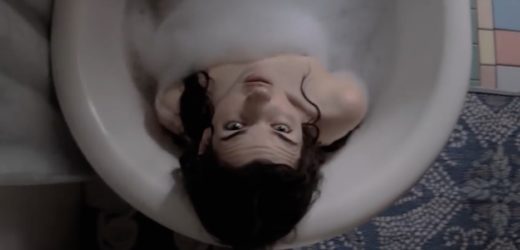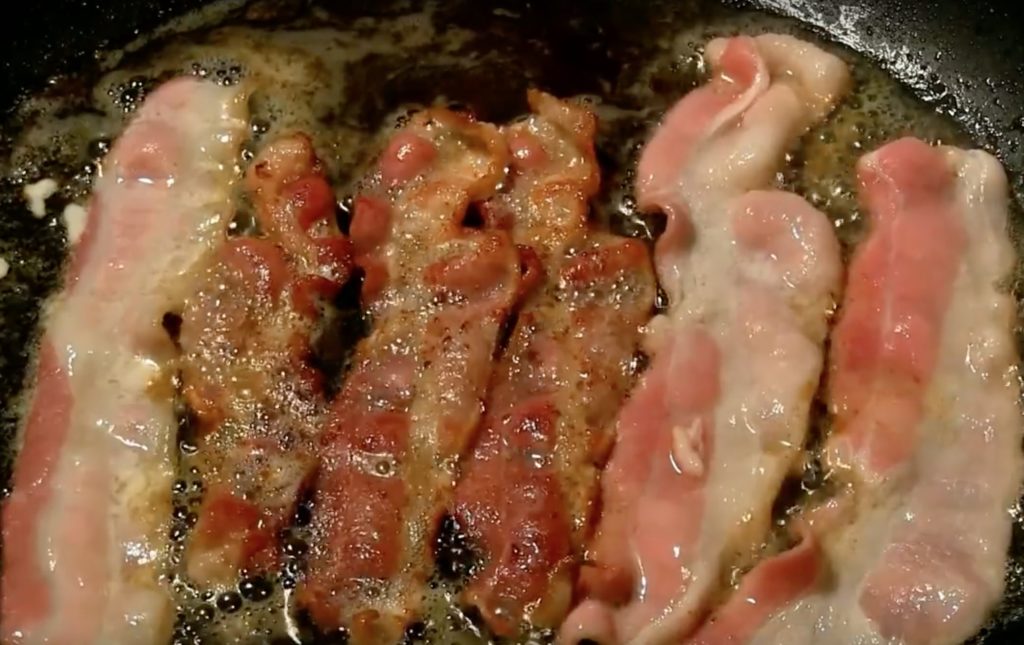Traditional trailers (aka “previews”) date back more than 100 years. In essence, they were TV commercials before the advent of television. Created for promotional purposes, the trailers usually consist of footage shot for the films they represent plus narration or onscreen text. Fundraising trailers (a.k.a. “faux trailers” or “fake trailers”) are a much new form (dating from the 1980s) aim to raise money for movies not yet shot. The producers shoot clips meant to convey the film’s concept in a way that will persuade people to invest money so that the movie can be made. A famous example is the fundraising trailer for Blood Simple, the Coen brothers first feature.
These days faux trailers are often used in crowdfunding campaigns. An example is “Incandescence,” a trailer that seeks funding via Indiegogo to complete a short experimental film about the alienated generation living in Berlin. In the interview (below), producer Judith Laurini describes the reality of making such a movie.
Interview with Judith Laurini
MMM: How did you prepare for shooting the “Incandescence” trailer?
Laurini: We had no script – just Marina Palei’s existential texts from her novels “Ring” and “Flight,” which function as the protagonist’s thoughts. We mostly focus on pure cinema and give ourselves the freedom to try different and sometimes even “wrong” things that break some rules of filmmaking but nevertheless work for us.
MMM: How long did the shoot take?
Laurini: We shot from February to early March 2018. But we didn’t shoot every day as “Incandescence” is a passion project. We all have other projects that make us a living, so we shot 2-3 days per week—usually on the weekends.Sometimes we would spend 10-12 hours a day on the streets of Berlin hunting for visual gems. But in this situation not shooting every day was actually beneficial as we could spend time going through the footage and plan better for the shoots that came after and know what kind of images we still needed.
MMM: In some ways, it sounds similar to shooting a documentary.
Laurini: I call it documentary-style, because the film is not really a doc. You won’t see any faces of real people – except for our main character of course. You will see their sexy and crippled legs, old hands and long nails, their expensive suits and sleeping bags in the metro and lot more. All this creates the world our guy is locked in.
MMM: I know that the production used both traditional and mobile cameras. Could you talk about the mobile gear?
Laurini: With iPhone 5S we used the Olloclip 4-IN-1 Lens, which greatly increases flexibility in unstaged documentary-style filmmaking. We also used the Movo Smartphone Video Enhancement Kit in some situationswhen we needed smoother movement.
MMM: During the shoot, did you encounter any big challenges?
Laurini: For one thing, because of our limited budget, my collaborator Ivan Doan and I shot guerilla style. Ivan had very original ideas which would tell our story in an amazingly poetic way, but to do that we would have to block traffic or have no people walking along known streets of Berlin. Of course, it was impossible, so we had to be creative and look for productive compromise. Berlin is also a city of landmarks which have been shown in so many films. So there is always a danger of making just another movie about Berlin, for example, shots of the wall, the Fernsehturm (Television Tower,) and the Brandenburg Gate. We want to show the city from a different perspective. We want to explore how it is experienced today by the post-wall generation that still looks for its freedom. The teaser does include some of Berlin’s known places, like the Oberbaum Bridge, where so many famous scenes have been shot, including the classic running sequence from “Run, Lola, Run.” But in our movie they take a completely new meaning. We do have to be inventive not to fall victim to Berlin’s fame.
MMM: Could you say a bit more about the difficulties of shoot guerrilla style?
Laurini: A big issue has to do with filming on private property. For example, we were filming at Berlin Central Station, a very modern glass building with lots of reflections, which we wanted to utilize. It happens to be private! We started shooting and everything went fine. The shots were beautiful, but in about 30 minutes a security guy came to us and asked us for our permit to shoot. Needless to say we hadn’t one. So what to do? We said it is a personal project. Which is true! We are not making money from it, and everything the film will earn at film festivals will be donated to homelessness charities of Berlin. The guy was ready to force us to delete the footage. It would have been a tragedy. The footage was simply great! So before I had a chance to politely explain that we were not doing anything wrong, Ivan used his acting chops to the best of his ability to convince the guard that we were just a bunch of homemade amateurs shooting a home video. Luckily for us, it worked. We had to disappear from the location that very moment, but well, we got our footage!
MMM: Since you’re shooting in Germany, how come the narration is in English?
Laurini: “Incandescence” is not a German production, but a Berlin production. Though Berlin is the capital of Germany, it somehow is not in Germany, at least to us it does not feel like the other parts of the country. Berlin is an international creative hub, an urban place where different energies and cultures mix. It’s an unique and creative a urban space with all its magic and a lot of contradictions and tension. It’s much more an international metropolis than only a German city. You can feel that is has always been a place with a vibrant history and when you walk Tempelhofer Feld, the area where the US-aircrafts dropped food for people during the isolation of Berlin in the Cold War times, the city still breathes this air of freedom. We would often find ourselves talking more in English than in German, because there is always someone with an international background around. Thus it felt natural to us, having an English narration. Incandescence is aimed to cross borders and to tear down walls in people’s mind. So English just felt right. For our German speaking audience we provide German subtitles.
MMM: Where will the finished movie be shown?
Laurini: As most of the festival applications require the film premiering with the festival, we might post “Incandescence” online after the festival run. But our supporters in the crowdfunding campaign have the option to get a link to an online version of the finished movie at the same time it has its festival premiere.
The “Incandescence” trailer has been chosen as a Mobile Movie of the Week.



 Previous post
Previous post
 Next post
Next post





